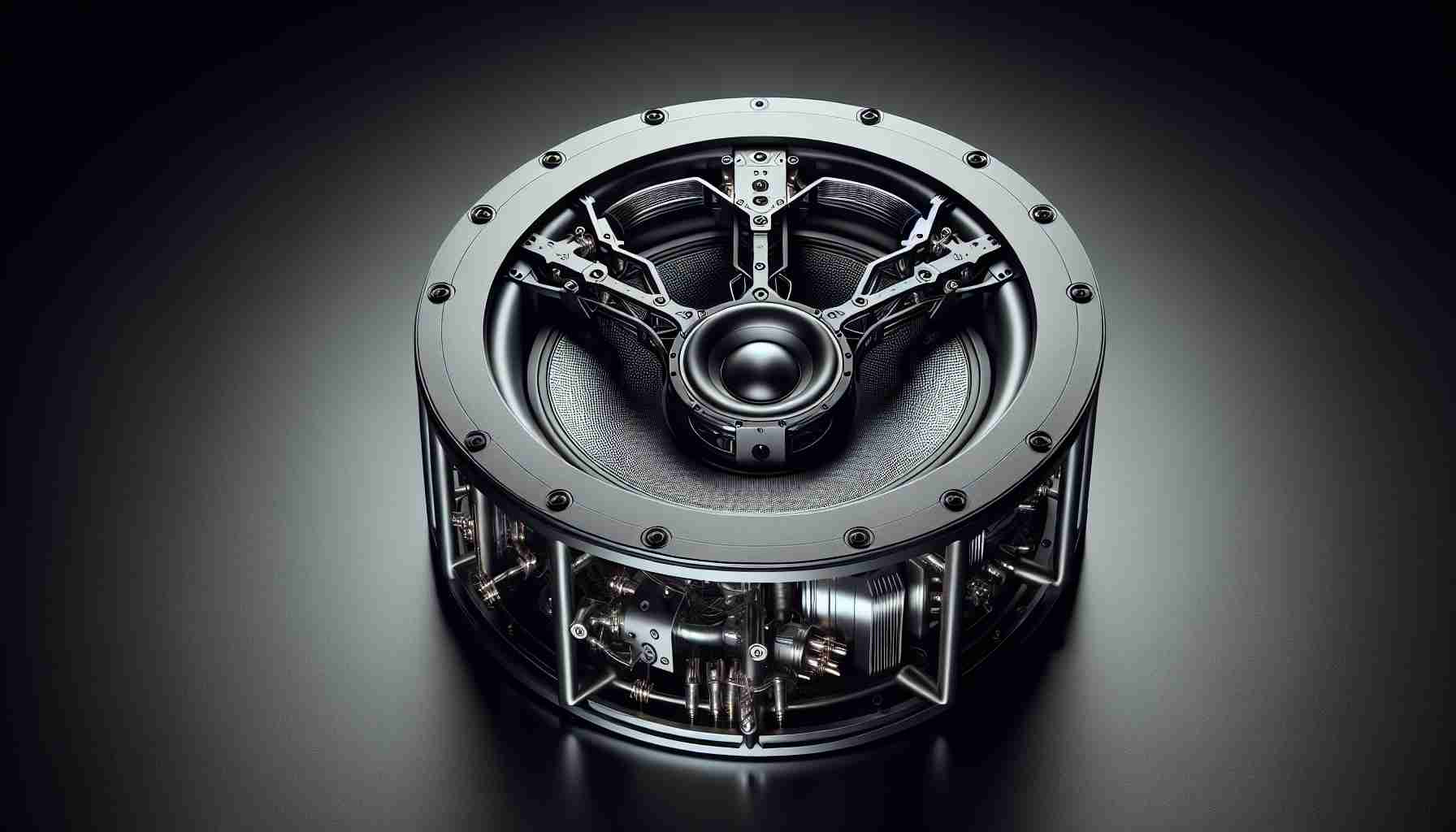- Uncontrolled space debris poses a significant threat to air travel, increasing the risk of mid-air collisions.
- The FAA is actively investigating incidents involving space debris, highlighting its impact on aviation safety.
- Research shows a 26% chance of uncontrolled debris reentering over heavily trafficked areas, like the Northeastern U.S.
- Air traffic volume is rising, intensifying the urgency for safety measures and airspace restrictions during debris reentries.
- Over 2,300 rocket bodies are currently orbiting Earth, indicating the long-term challenge of managing space debris.
- Controlled reentries into the ocean are essential to reduce collision risks with aircraft.
As our skies grow busier, the specter of uncontrolled space debris reentering Earth’s atmosphere looms larger—and more dangerous. Imagine a piece of shattered spacecraft, blazing through the sky, potentially colliding with an aircraft mid-flight. This unsettling scenario is becoming more probable, despite the odds being low.
Recently, the Federal Aviation Administration (FAA) launched an investigation into a mishap involving SpaceX’s Starship 7, which disintegrated during its launch on January 16 and rained debris into the Atlantic Ocean. This event forced the FAA to temporarily halt flights and divert aircraft, showcasing how the threat of space junk can disrupt air travel.
New research has revealed a staggering 26% chance of uncontrolled debris reentering over crowded airspaces, like the Northeastern United States and Northern Europe. As air traffic continues to rise, so do the stakes—heightening the need for airspace restrictions during reentry events. Canadian researchers argue that this dilemma forces authorities to reconcile safety measures with economic consequences, such as flight delays and cancellations.
With more than 2,300 rocket bodies orbiting the Earth, the challenge of managing space debris will persist for years. The researchers highlight the importance of controlled reentries into the ocean to mitigate collision risks.
In a world where our atmosphere is increasingly shared between flights and fragments, recognizing and addressing the risks of space debris isn’t just about safety—it’s about ensuring the skies remain a safe haven for all who travel within them.
Sky-High Hazards: The Looming Threat of Space Debris and Air Travel
Understanding the Challenge of Space Debris
As the number of satellites and space missions escalates, the issue of space debris is becoming critical, especially in relation to air travel. Recent developments illustrate not only the dangers that fellows spacecraft represent but also the significant impact space debris can have on aviation safety, potentially resulting in catastrophic incidents.
# Recent Findings and Innovations
1. Proactive Measures for Debris Management: Organizations like the European Space Agency (ESA) and NASA are developing advanced technologies and strategies for debris removal, including innovative concepts like robotic arms and nets to capture and deorbit defunct satellites and rocket bodies.
2. Market Forecasts on Space Traffic Management: The space debris management market is projected to grow significantly, expected to reach $2.3 billion by 2028. This growth is driven by increasing concerns over space safety and the rise in the number of launches leading to more unchecked debris.
3. Safety Thresholds for Air Traffic: The aviation industry is increasingly adopting safety protocols to minimize risks associated with reentering debris. Enhanced tracking systems and collaborative efforts between space agencies and aviation authorities are being developed to ensure that airspace is monitored and clear when reentry events are anticipated.
Frequently Asked Questions
1. What are the main causes of space debris?
Space debris primarily consists of defunct satellites, spent rocket stages, and fragments from collisions or explosions in orbit. These objects can range from tiny paint flecks to substantial spacecraft remnants, all capable of causing significant damage due to their high velocities.
2. How is space debris monitored and tracked?
Space debris is monitored via ground-based radar and telescopes. Organizations like the United States Space Surveillance Network (SSN) and private companies are employing advanced tracking technologies to maintain accurate databases of debris positions, which is crucial for issuing warnings to satellites and the aviation sector.
3. What are the potential risks associated with space debris?
The primary risks include physical collisions with active satellites, compromising mission success, and the potential for debris to reenter the atmosphere, posing risks to aircraft and people on the ground. Recent studies indicate that busy airspaces, such as near urban centers, face the highest probability of potential collisions with reentering debris.
Insights into Future Trends
The growing acknowledgment of the importance of space debris management has led to collaborative efforts between international space agencies and regulatory bodies. Countries are negotiating treaties and guidelines aimed at sustainability in space activities, promoting responsible use of orbits and foster innovation in debris mitigation technologies.
# Suggested Related Links
NASA
European Space Agency
Federal Aviation Administration
By addressing space debris with urgency and innovation, the aviation and space industries can work together to create safer skies for all.













